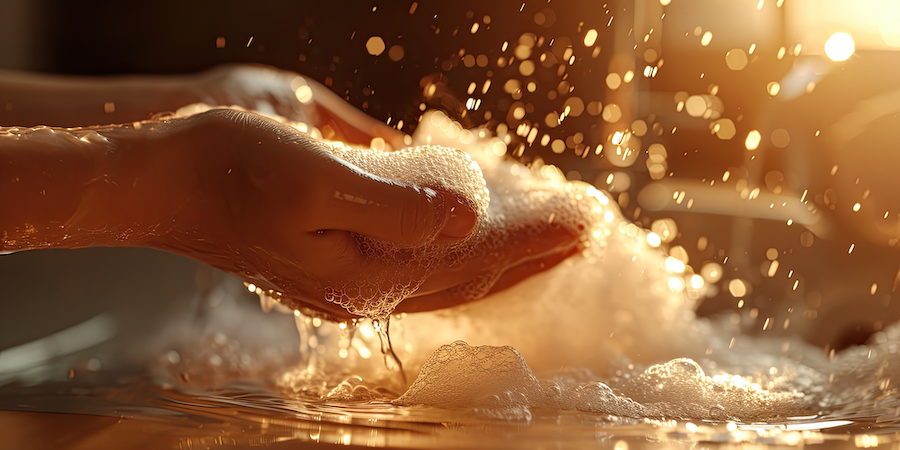Ai powered Natural Soap Recipe ideas to inspire your creativity

Welcome, fellow creators and enthusiasts of the bubbly arts! Step into a world of scent, texture, and skin-loving ingredients right here on our Soap Making Formula Ideas page. Whether you're a seasoned soap alchemist or just starting your journey, we've gathered a collection of inspiring formula concepts and tips to help you stir up your next magnificent batch. Get ready to explore possibilities, customize your creations, and find the perfect recipe to bring your soap dreams to life!.
The home of Soap Calculator Ultimate! Get ready to unlock a wealth of creative possibilities with our AI-powered platform, specifically designed to generate natural soap recipe ideas. Harnessing the power of AI, we provide innovative natural soap recipe ideas aimed at sparking your creativity.